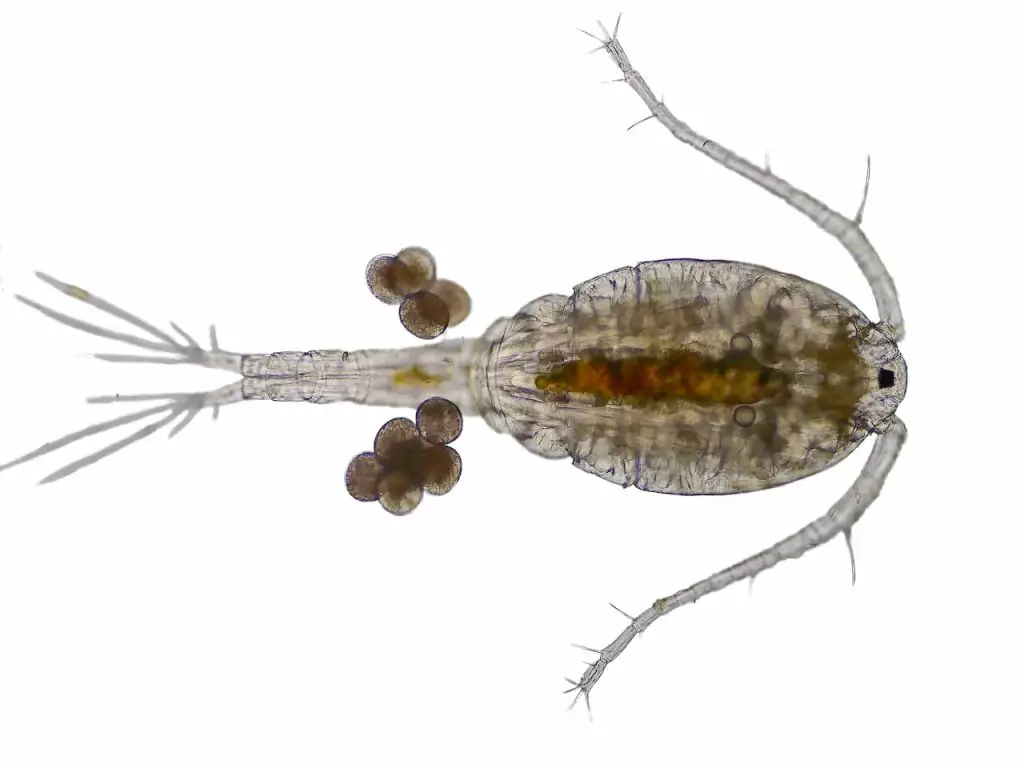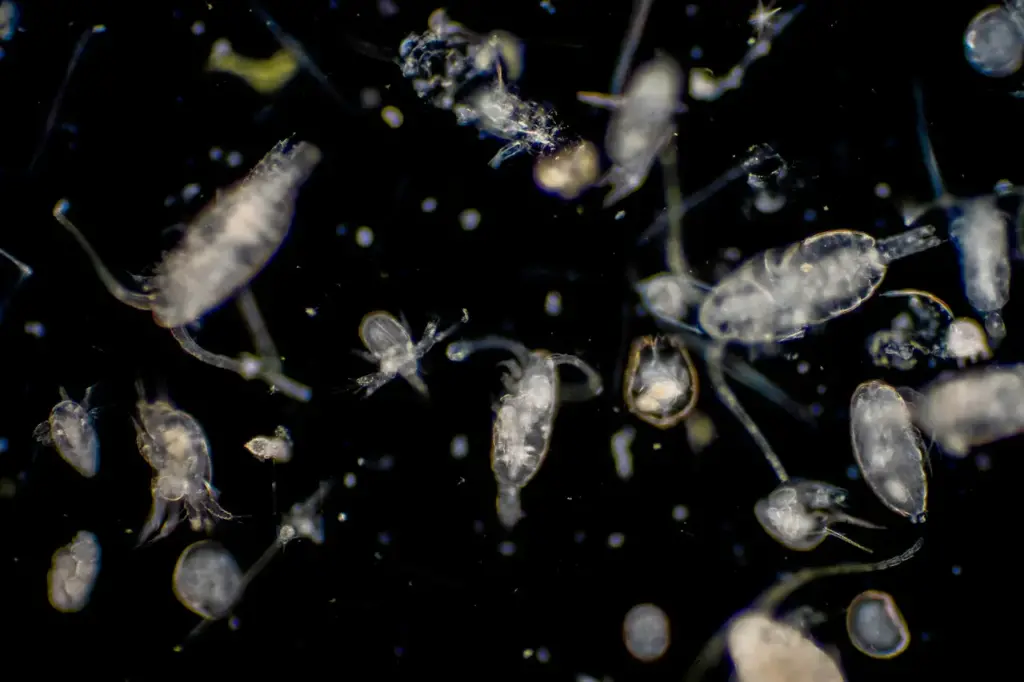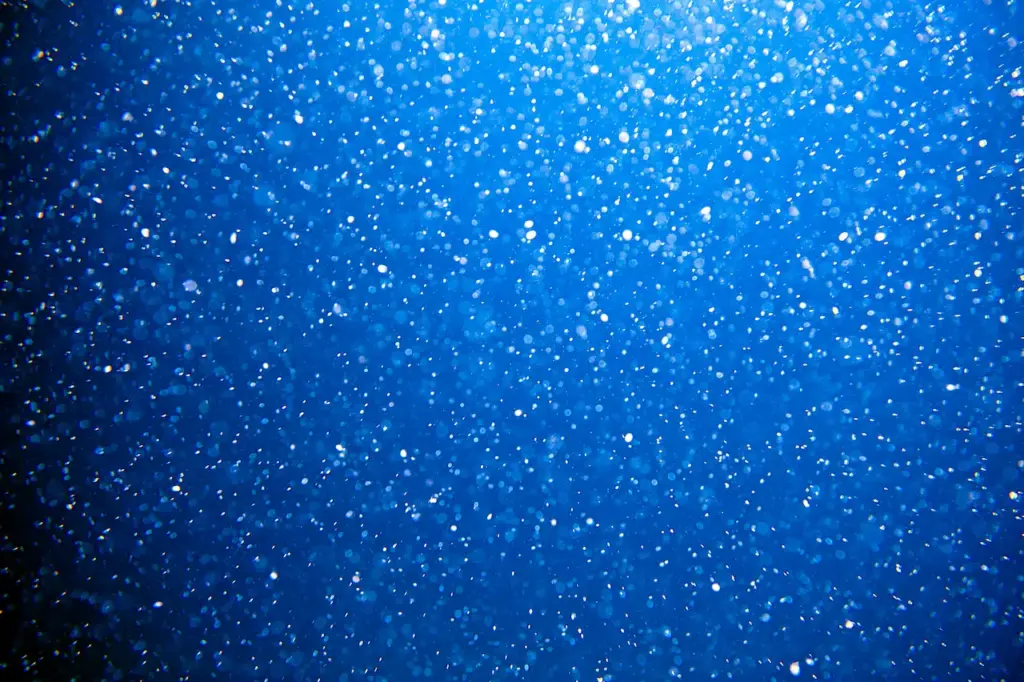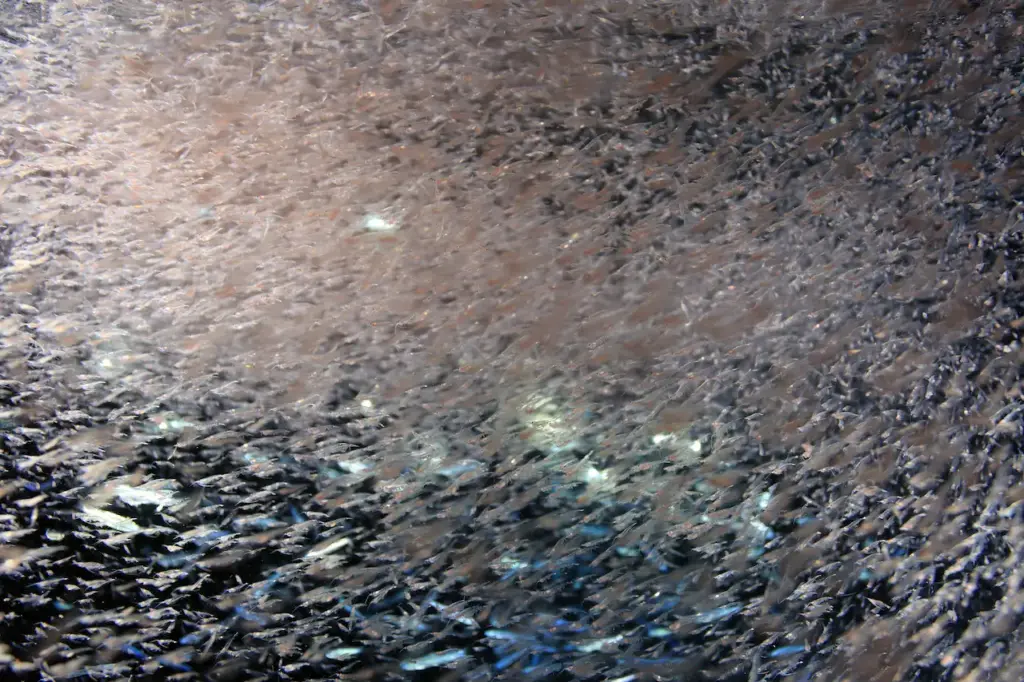What Eats Zooplankton?
Categories
- Accipitridae (1)
- Acrididae (1)
- Algae (2)
- Alligatoridae (1)
- Amoebidae (1)
- Amphibians (3)
- Anatidae (1)
- Anguillidae (1)
- Arachnids (2)
- Bears (2)
- Big Cats (3)
- Birds (13)
- Bovidae (5)
- Bufonidae (1)
- Camelids (1)
- Cameras (1)
- Canines (13)
- Caridea (1)
- Carnivora (10)
- Castoridae (1)
- Cats (5)
- Cebidae (1)
- Cephalopod (1)
- Cervidae (2)
- Cetacean (1)
- Chondrichthyes (1)
- Crocodilia (2)
- Crustaceans (4)
- Culicidae (1)
- Cyaneidae (1)
- Dasypodidae (1)
- Dasyurids (1)
- Deer (1)
- Delphinidae (1)
- Desktop (1)
- Didelphidae (1)
- Dinosaurs (1)
- Dogs (13)
- Dolphins (2)
- Echinoderms (1)
- Education (10)
- Elephantidae (1)
- Equine (1)
- Erethizontidae (1)
- Erinaceidae (1)
- Farming (1)
- Felidae (5)
- Fish (5)
- Food Chain (31)
- Food Web (2)
- Formicidae (1)
- Frugivore (1)
- Gaming (1)
- Gastropods (1)
- Giraffids (1)
- Great Apes (2)
- Health Conditions (3)
- Herbivore (4)
- Hi-Fi (1)
- Hippopotamidae (1)
- Hominidae (1)
- Insects (10)
- Invertebrates (2)
- Keyboards (1)
- Laptops (1)
- Leporidae (1)
- Mammals (23)
- Marsupials (4)
- Mephitidae (1)
- Microchiroptera (1)
- Mollusks (2)
- Mongoose (1)
- Muridae (1)
- Nocturnal Animals (1)
- Odobenidae (1)
- Omnivore (2)
- Phasianidae (1)
- Phocidae (1)
- Plankton (1)
- Plants (2)
- Primate (1)
- Ranidae (1)
- Reptiles (7)
- Rhinocerotidae (1)
- Rodents (5)
- Salamandridae (1)
- Scarabaeidae (1)
- Sciuridae (2)
- Sharks (1)
- Shellfish (1)
- Sound (1)
- Spheniscidae (1)
- Suidae (1)
- Superfamily Papilionoidea (1)
- Theraphosidae (1)
- What Eats (5)
Zooplankton are tiny water animals. Many of these plankton look like shrimp and other crustaceans, as well as worms, fish and jellyfish. The animal in the photo has been magnified many times, or else you would hardly be able to see it!
Often zooplankton can be found in huge swarms made up of billions and billions of individual little animals.
Zooplankton are at the very bottom of the ocean food chain and at the very outside of the ocean food web. That means many creatures eat them. For instance, the hugest baleen whales have mouths that are specially designed to scoop up zooplankton and strain the water out of them. The world’s largest animal, the great blue whale, is a zooplankton eater.
But many smaller animals and fishes also depend on zooplankton as their main source of food.
Because so many sea creatures eat zooplankton, without it the ocean would be a much emptier place.
Table of Contents
Toggle
So What Eats Zooplankton?
Introduction
Zooplankton are minute organisms that dwell in the water column of practically all water bodies, including oceans, lakes, and ponds, but they cannot survive in rivers and streams. They range in size from a few millimeters to a few microns (one micron equals 1/1000 of a millimeter) and may include larval stages of bigger creatures such as mussels and fish.
Most lakes’ open-water food webs are dominated by zooplankton. They consume bacteria and algae. However, they are extensively preyed upon by fish, insects, and other zooplankton. Many zooplankton have transparent shells to avoid being detected by visual feeders like fish.
The most prevalent types of zooplankton in lakes and ponds include Cladocera and Copepods (both micro-crustaceans), rotifers, and protozoa. Most lakes will have at least 40 zooplankton species in common.
In this article, we will learn about the organisms that eats Zooplankton.
Table of Contents
Toggle
Zooplankton Are Organisms Drifting In Ocean
Understanding Plankton
Zooplankton are tiny creatures that produce energy and oxygen through photosynthesis by converting sunlight, carbon dioxide, and nutrients. They are regarded as the principal producers in marine environments. Zooplankton, which includes both single-celled and multicellular creatures, consume phytoplankton and are an important food supply for many marine predators. We will learn about the predators that feed off the Zooplankton below.
The Marine Food Web
Marine life is the most complex one. It seems complex but it is simple as well in many ways. The marine food web depicts the complicated interactions between different species and trophic levels in the ocean. Small zooplankton devour phytoplankton, which are then preyed upon by bigger species, hence tying photosynthetic energy to diverse aquatic food chains. Animals such as whales, fish, and shrimp rely on Zooplankton creatures for sustenance.
Fish
Zooplankton is mostly consumed by fish. Small fish, such as herring and menhaden, ingest zooplankton and they are their main nutrition source. However, bigger fish, such as tuna and sharks, devour small plankton-eating fish. This way, a balanced is maintained in the food chain. Some species, such as baleen whales, consume vast amounts of plankton by filtering it out of the water.
Crustaceans and Other Invertebrates
Crustaceans including krill, shrimp, and copepods play an important role in the Zooplankton food chain. These small-scale predators graze on Zooplankton. As a result, they provide an important food supply for a variety of marine species. They function as a link between primary producers and higher trophic levels.
Crabs
Zooplankton are small creatures. They float freely in the water and are consumed by a wide variety of marine species, including marine crabs. Many sea crabs also consume bigger foods. Crabs, for example, frequently search the sea floor for dead creatures to consume. But they consume Zooplankton and it helps maintain the food chain deep in the water base.

Light reflecting Off Plankton Underwater
Aquatic Birds
May aquatic birds feed off Zooplankton as well. It may be an indirect relation but it is true that birds do feed on Zooplankton. Penguins such as the king penguin dive to ingest a large number of Zooplankton -consuming fish. It is their main source of food. It makes them indirect plankton predators.
Zooplankton Predators
Many of the Zooplankton predators are tiny aquatic creatures. These creatures usually feed only on zooplankton. These predators include tiny fish, shrimp, and microscopic crustaceans. Copepods and krill, small shrimp-like organisms present in all of the world’s seas. These two are among the most prevalent zooplankton predators. Zooplankton are also eaten by many other organisms present in water.
It is evident that some jellyfish species, as well as certain corals, feed on plankton. Researchers have also discovered that some bacteria are capable of consuming plankton and play a crucial role in marine ecosystems.
Some of the other plankton predators include snails. There are other organisms such filter clams and lobsters that live their lives by consuming these Zooplankton as well.
Whales
Baleen whales, particularly the enormous blue whale, are among the most intriguing and important plankton eaters in the marine ecology. These gentle giants use their distinctive baleen plates—fringed filters formed of keratin, the same substance as human fingernails—to sieve through massive amounts of water, retaining hundreds of pounds of plankton, tiny fish, and crustaceans every day.
Baleen whales eat in an astonishingly efficient manner. They take a big breath of water, then seal their lips and use their large tongues to force it out through the baleen plates. This motion keeps the food in their mouths, which they then swallow. Some species, such as the humpback whale, use supplementary feeding tactics like bubble nets.

Zooplankton in the ocean close to the surface
Do Sharks Eat Plankton?
Whale sharks, like peregrine sharks and megamouth sharks, eat through a water filter system. Whale sharks mostly eat on plankton. They eat including phytoplankton and zooplankton such as krill. Although they sometimes consume tiny squids and vertebrates. Megamouths are filter feeders, which means they sift minute plankton from the water rather than using their teeth. The megamouth is one of three kinds of filter feeding sharks, the other two being the whale shark and the basking shark.
Can Humans Eat Plankton?
Indeed, the nutritional significance of plankton should not be underestimated. These microscopic creatures are high in proteins, vitamins, and omega-3 fatty acids, all of which are required for numerous physiological activities in animals, including humans. Their decreased salt concentration in cell liquids compared to saltwater makes them an intriguing dietary component.
However, despite their nutritional advantages, people seldom consume plankton directly, owing to the difficulties connected with gathering and processing these minuscule creatures on a scale sufficient to make them a viable food source for human consumption. Furthermore, in most societies, plankton is unknown and lacks established culinary traditions, which contributes to its limited direct usage by humans.
Role in Food Chain
Zooplankton forms the foundation of the aquatic food chain. It means they are at the bottom of food chain. It makes them the fundamental organism responsible for feeding large organisms such as whales, small/medium size fishes, crabs and snails. They also provide nutrients and energy to a diverse range of animals.
Photosynthesis allows Zooplankton to generate organic matter. This organic matter is ultimately devoured by zooplankton. Zooplankton, in turn, provide prey for tiny fish, which are subsequently devoured by larger fish, and so on. This process of ingestion continues until it reaches apex predators such as sharks, whales, and dolphins.
Role in Ecosystems
Ever wondered about roles in ecosystems? Zooplankton also play an important part in controlling global temperature. Phytoplankton collect CO2 from the atmosphere and transform it into organic matter, which is ultimately devoured by zooplankton. Plankton is an important component of marine ecosystems since it is the principal source of organic materials.
Photosynthesis is the process by which sunlight, carbon dioxide, and nutrients are converted into carbohydrates and oxygen. This mechanism maintains the whole aquatic food chain and generates more than half of the oxygen on Earth. Plankton also help to cycle nutrients like as phosphate and nitrogen, which are required for the growth of other species.
When zooplankton die, they descend to the ocean floor and carry carbon with them. This mechanism, known as the biological pump. It functions to lower carbon dioxide levels in the atmosphere as it sinks to the bottom of the ocean. It helps in minimizing the effects of climate change.
Summary
No doubt, Zooplankton plays an important role in marine ecosystem. They are present at the bottom of food chain thus serves as the basis of main source of food marine life of all sizes. These small invertebrates provide food for cnidarians such as jellyfish, crustaceans, immature cephalopods, and even certain aquatic bird and marine mammal species. Consuming zooplankton not only emphasizes their nutritional significance, but also highlights the interconnected nature of marine life and ecosystem.
